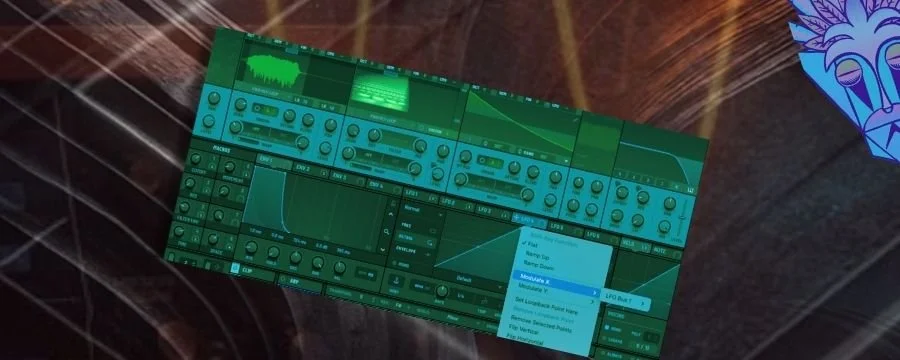Using the LFO Bus in Serum 2: Advanced Modulation Routing for Techno Producers
Serum 2 introduces a refined LFO Bus system — a streamlined way to send, combine, and control modulation sources inside the synth.
While the new Path LFOs shape how modulation moves, the LFO Bus determines where it goes and how multiple sources interact.
It’s the missing piece between creative chaos and precise control — ideal for techno sound design where texture and motion need to evolve together.
What the LFO Bus Does
In Serum 2, each LFO can now act as a modulation bus — meaning it can:
Send modulation to several destinations simultaneously.
Combine multiple modulators (for example, LFO 1 + Envelope 2) before they hit a parameter.
Scale or shape another LFO’s output (without traditional matrix workarounds).
This effectively turns the LFO Bus into a signal mixer for modulation, similar to modular synth patching — but fully internal to Serum.
Why It Matters for Techno
Techno relies on layers of evolving movement — subtle shape shifts in filters, oscillators, and FX that keep loops alive.
The LFO Bus lets you connect those layers together, so your modulation behaves like an interlinked ecosystem rather than isolated movements.
Example uses:
Evolving Bass Motion: LFO 1 controls filter cutoff; LFO 2 modulates LFO 1’s bus depth, making the cutoff motion breathe over time.
Reactive Textures: Combine Chaos LFO with Envelope 3 through the same bus to create distortion drive that reacts differently on each hit.
Unified Groove Control: Route several rhythmic modulations through a single LFO Bus, then scale them globally with one macro.
“One bus, multiple movements — modulation that grooves together.”
How to Set It Up
Load Serum 2 and open the Mod Matrix.
Choose LFO 1 as a source, then assign it to several targets (e.g., filter cutoff, wavetable position).
Click the Bus Assignment dropdown to create or join an LFO Bus.
Add another source (LFO 2 or an envelope) to the same bus — they now share modulation control.
Adjust bus depth or scaling to balance how much each source contributes.
You’ll see the modulation lines stack visually — that’s your confirmation that multiple mod paths now flow through a shared control structure.
Creative Workflow Tips
Macro Control: Map a macro to the bus depth — now you can fade in or exaggerate multiple modulations at once.
Automation-Friendly: Automate the bus amount for big energy lifts (e.g., during builds or transitions).
Hybrid Movement: Use a Chaos LFO feeding the bus to inject drift into all modulated parameters simultaneously.
FX Integration: Route the same bus to distortion, reverb size, and delay feedback to keep your FX evolving in sync.
Wrap-Up
The LFO Bus transforms Serum 2 from a patch-based modulator into a system — letting you sculpt unified motion across your sound design.
It’s especially powerful for techno, where long-form modulation shapes tension and release without manual automation.
“Stop drawing automation lanes — start designing motion systems.”



